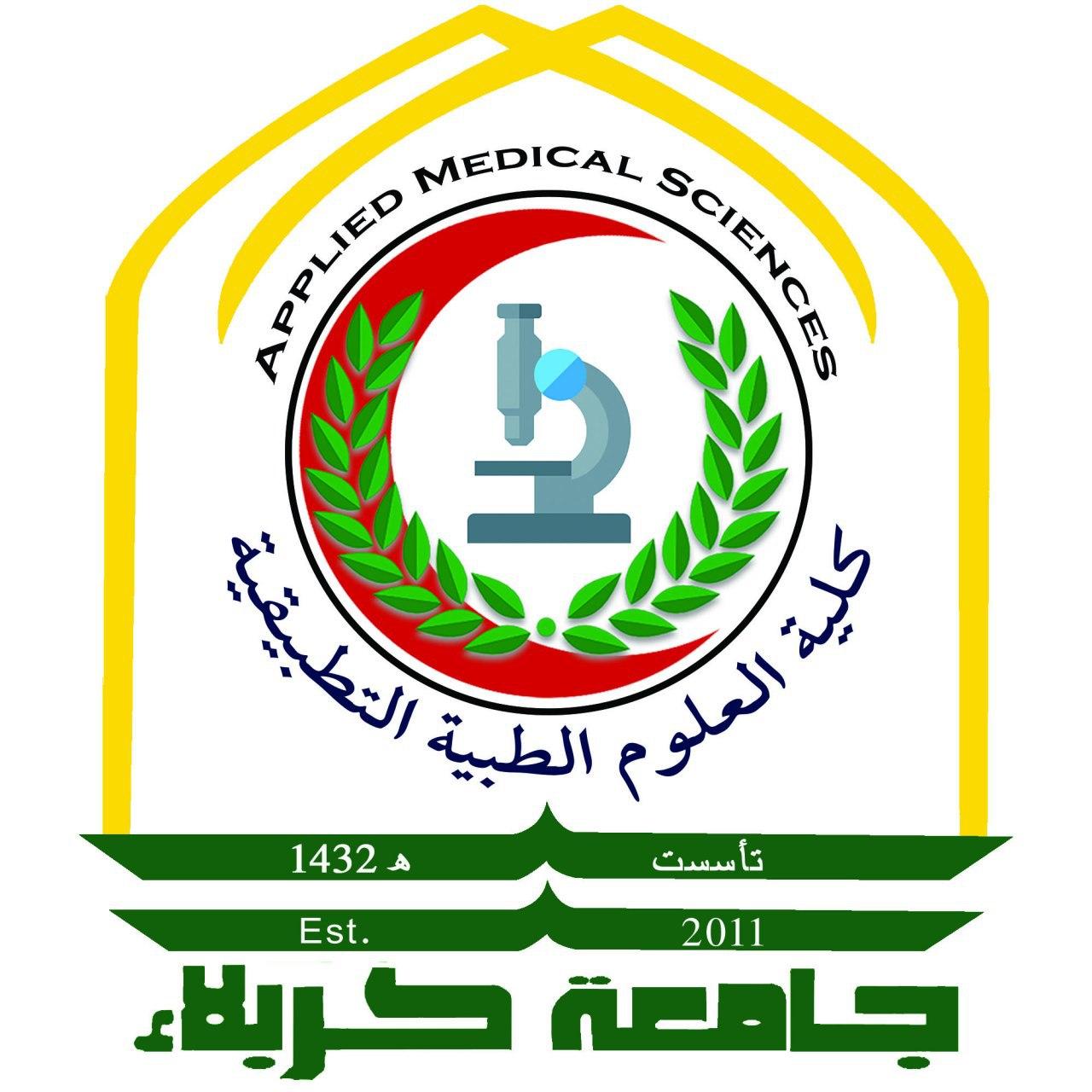Infection control refers to the policy and procedures implemented to control and minimize the dissemination of infections in hospitals and other healthcare settings with the main purpose of reducing infection rates. Infection control program has the main purpose of preventing and stopping the transmission of infections. Specific precautions are needed to prevent infection transmission depending on the microorganism.
The following are examples of indications for transmission-based precautions:
- Standard precautions: Used for all patient care. It includes hand hygiene, personal protective equipment, appropriate patient placement, cleaning and disinfecting patient care equipment, textiles and laundry management, safe injection practices, and proper disposal of needles and other sharp objects.
- Contact precaution: Used for patients with known or suspected infections that can be transmitted through contact. For those patients, standard precautions are needed, plus limited transport and movement of patients, use of disposable patient care equipment, and thorough cleaning and disinfection strategies. Patients with acute infectious diarrhea such as Clostridium difficile, vesicular rash, respiratory tract infection with a multidrug-resistant organism, abscess, or draining wound that cannot be covered need to be under contact precautions.
- Droplet precautions: Used for patients with known or suspected infections that can be transmitted by air droplets through the mechanism of a cough, sneezing, or talking. In such cases, it is vital to control the source by placing a mask on the patient, using standard precautions plus limiting transport and movement. Patients with respiratory tract infections in infants and young children, petechial or ecchymotic rash with fever, and meningitis are placed under droplet precautions.
- Airborne precautions: Use for patients with known or suspected infections that can be transmitted by the airborne route. Those patients are required to be in an airborne infection isolation room with all the previously mentioned protections. The most important pathogens that need airborne precautions are tuberculosis, measles, chickenpox, and disseminated herpes zoster. Patients with suspected vesicular rash, cough/fever with pulmonary infiltrate, and maculopapular rash with cough/coryza/fever need to be under airborne precaution.
Multiple of those indications might require more than one precaution to ensure efficient standard and transmission-based precautions. For example, patients with suspected C. difficile need to be under contract and standard precautions, tuberculosis need to be under airborne, contact, and standard precautions.



























































